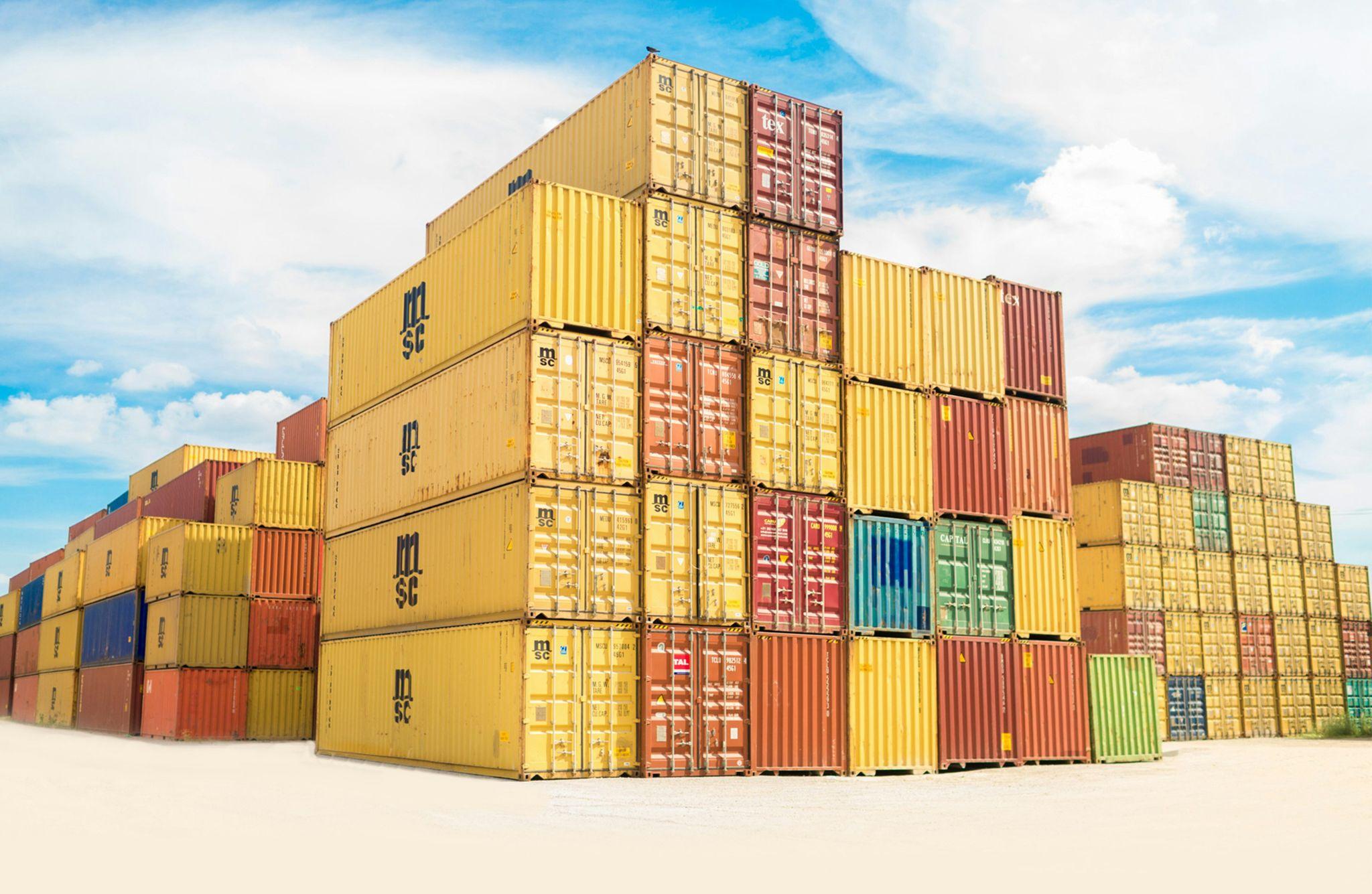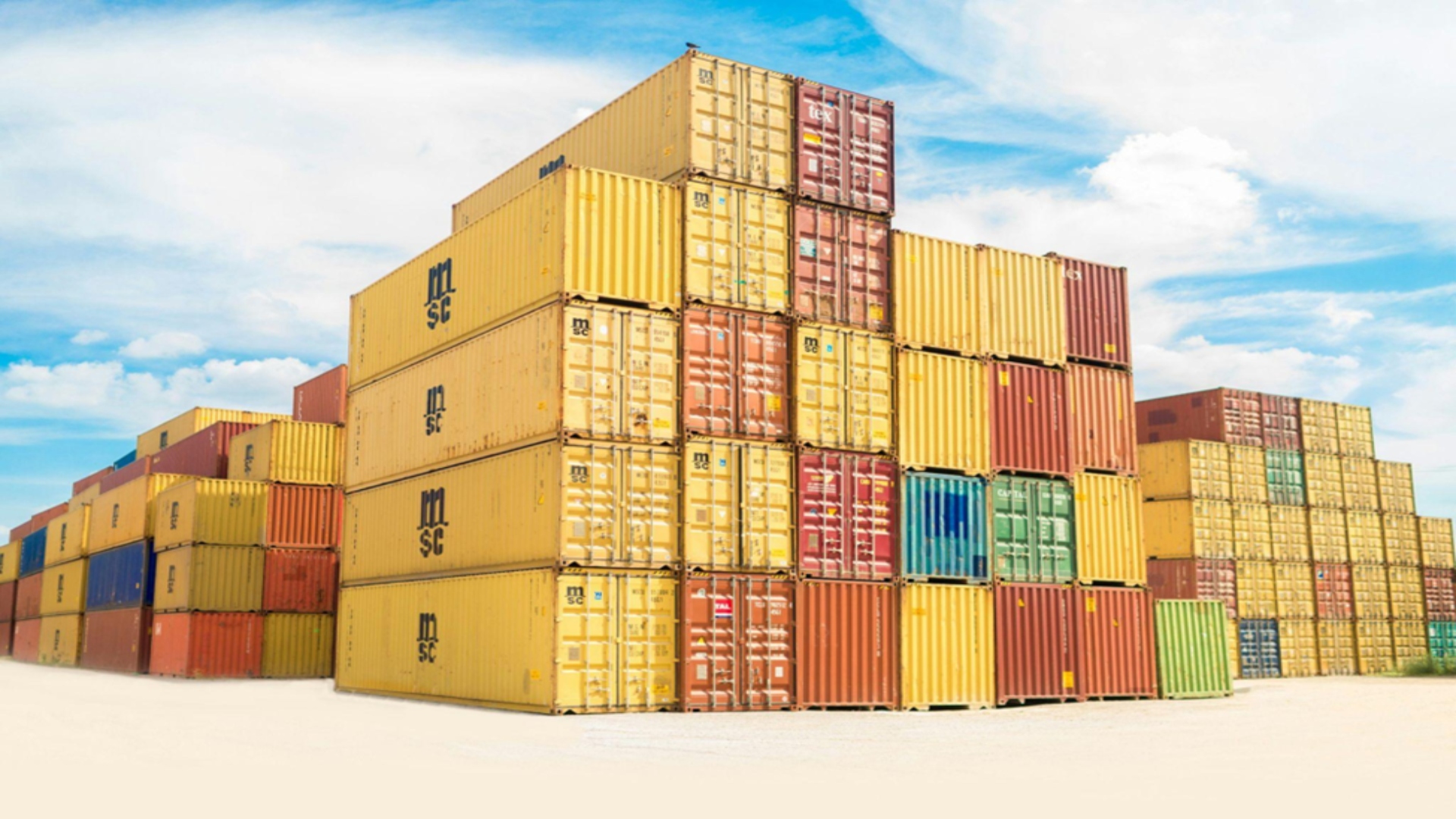How SMART Technology is Changing Logistics in 2025

The connectivity, sensors, AI integrations, and big data analysis capabilities of SMART technology are an ideal match for the logistics sector.
Supply chain management (SCM) innovations like scenario planning with digital twin technology, centralized data management, and SMART shipping containers are redefining efficiency in logistics. Such cutting-edge tools help SCM teams foresee challenges, optimize logistics operations, and enhance company performance.
Let’s explore how these technologies are shaping the future of logistics.
SMART Shipping Containers: The Future of SCM
Logistics teams are quickly embracing a new, innovative shipping container, but what are SMART shipping containers? These SMART supplies are integrated with sensors, GPS tracking, and advanced data analytics to optimize SCM efficiency, safety, and sustainability.
Innovative features of SMART containers:
Integrated sensors collect logistics data on container temperature, humidity levels, and other environmental factors to ensure cargo is stored safely during shipping. These SMART features are crucial for transporting sensitive cargo like pharmaceuticals or perishable goods.
GPS Tracking assists supply chain managers in monitoring locations, providing more detailed visibility and data into the shipping container’s route. This feature helps logistics teams plan accordingly for potential delays.
Some SMART shipping containers are equipped with solar panels and solar batteries to power integrated technologies, minimizing the burden on external energy sources. Solar optimization paves the way for sustainable logistics.
Like other SMART innovations, these shipping containers connect to a cloud-based platform that collects and analyzes transmitted data. These apps help managers identify trends and detect logistics issues. Teams can view real-time data on cargo location, humidity, and temperature, improving decision-making and SCM transparency.
Scenario Planning with Digital Twin Technology
One of the most exciting developments in the logistics industry is scenario planning.
This strategy leverages innovative digital twin technology, generating a virtual model of a real physical object or SCM process. These technologies allow logistics teams to simulate supply chain scenarios to anticipate future disruptions in the supply chain, leading to effective solutions.
Weather is a notable example. Scenario planning helps teams ensure minimal impact on supply chains during major weather events that could delay shipments, compromise inventory, or disrupt point-of-sale (POS) systems.
By simulating forecasted scenarios, logistics teams can develop continuity plans to reroute product shipments, prepare warehouse operations, or adjust inventory management to respond effectively to real-world obstacles.
The Role of Centralized Data Management
Logistics scenario planning also relies heavily on centralized data management. Accurate supply chain simulations require well-structured information from multiple data sources, Without a centralized data system, SCM teams struggle with fragmented data insights, leading to operational inefficiencies and costly decision-making mistakes.
Centralized data management gives teams “full visibility” into the company’s operational data. Here, data lakes and data warehouses come into play, yielding powerful advantages for managing vast amounts of logistics data.
Data Lakes and Data Warehouses in Logistics
Data lakes store large volumes of raw data from multiple sources. Unlike traditional databases, data lakes can handle more data types, including:
- Structured
- Semi-structured
- Unstructured data
- Text files
- Images
- Videos
- Sensor data
- Log files
Data lakes offer a flexible storage solution for IoT-generated data from smart container sensors, warehouse, and fleet tracking systems. This centralized data system allows SCM teams to capture real-time data, processing it later for deep insights.
A data warehouse stores and organizes data within a company. It pulls data from operational systems like Customer Relationship Management (CRM), Enterprise Resource Planning (ERP), and Point of Sale (POS) systems. Data is cleaned, transformed, and structured for easy analysis.
Integrate SMART Innovations Into Your Logistics Strategy
Mitigate the risks of human errors, mismanaged data, and delayed shipments with the latest advancements in SMART logistics. Adopt SMART shipping containers, a centralized data management system, and scenario planning into your supply chain operations.
Follow the blog to discover more insights into improving your business operations!












